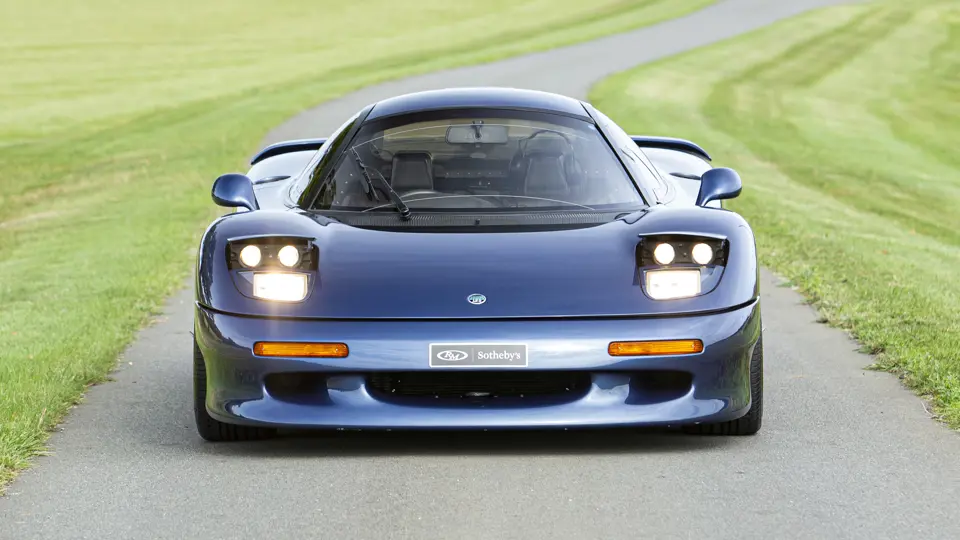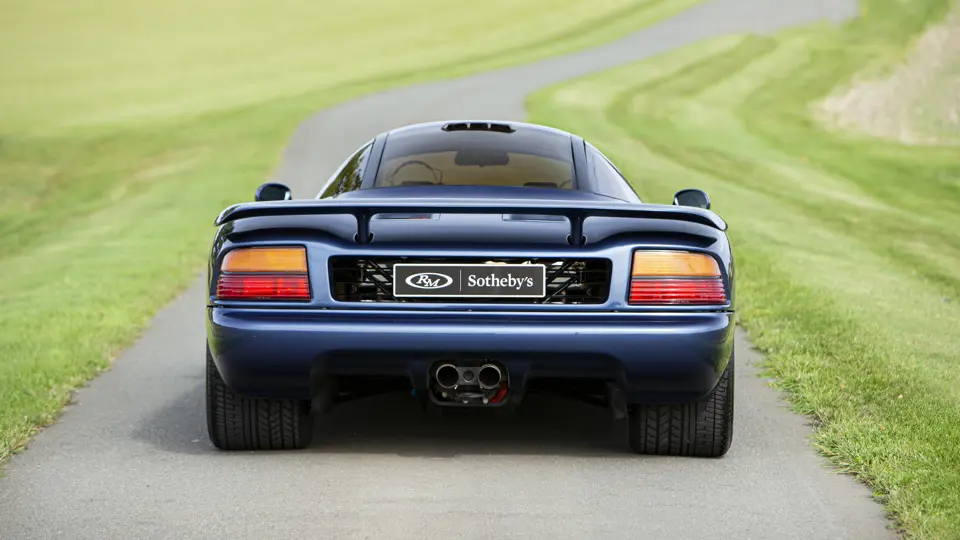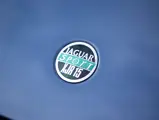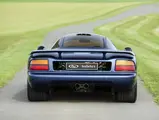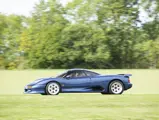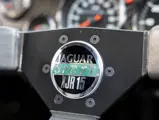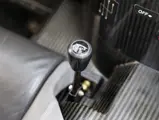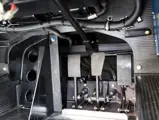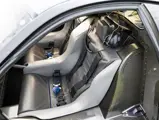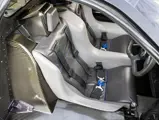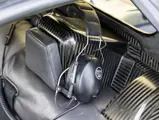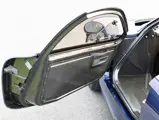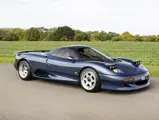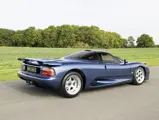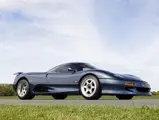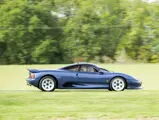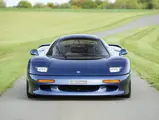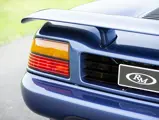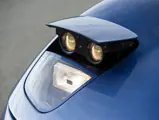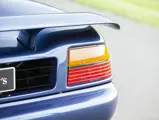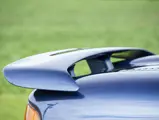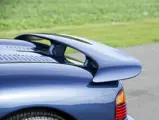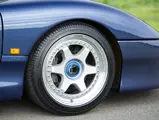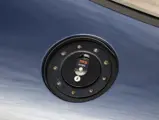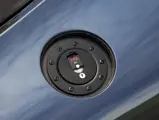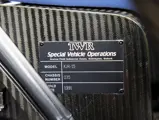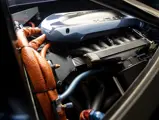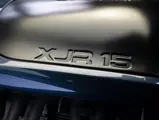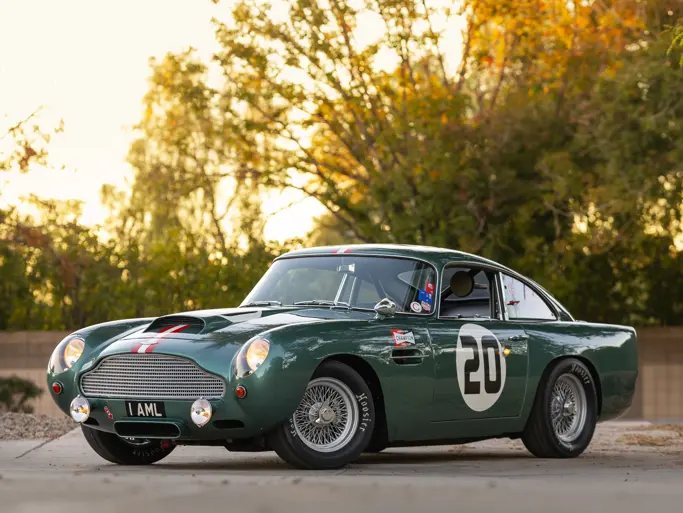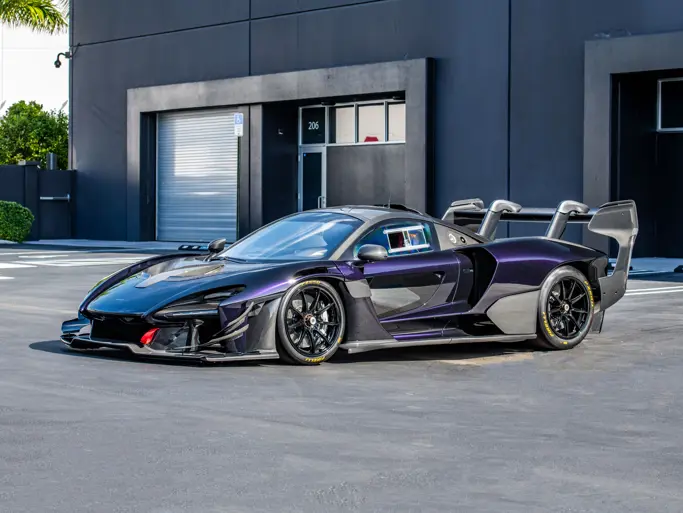
1991 Jaguar XJR-15
{{lr.item.text}}
£972,500 GBP | Sold
Offered from The Gran Turismo Collection
{{bidding.lot.reserveStatusFormatted}}
- Part of The Gran Turismo Collection
- A true Le Mans car for the road
- Styled by Peter Stevens prior to his involvement in the McLaren F1
- One of just production 50 examples built between 1990 and 1992
- Powered by a 6.0-litre naturally aspirated V-12 engine producing 450 horsepower
Few manufacturers can lay claim to such endurance racing success as Jaguar, which won the 24 Hours of Le Mans no fewer than five times in the 1950s and lifted the trophy for three consecutive years from 1955 to 1957. Following the retirement of the legendary D-Types in 1957, though—and the destruction of several road-going XKSS conversions in a fire at Browns Lane later that year—the Coventry firm hung up its laurels and wouldn’t return to La Sarthe in a Works capacity for three decades.
That changed when Jaguar chairman John Egan took the reins in 1980. Setting his sights on taking the leaping cat to the forefront of motorsport, Jaguar paired with Tom Walkinshaw Racing. The new force successfully campaigned the XJS in European Touring Car Championship before formalising the partnership and jointly founding JaguarSport. Success soon followed, culminating in the Group C Jaguar-TWR XJR-9 taking the chequered flag at both Le Mans and Daytona in 1988 and 1990.
Walkinshaw saw in the XJR-9 the potential not just to win races, but to serve as the basis of a new, ultra-exclusive and performance-focussed road-going supercar. In November 1990, JaguarSport announced to the world the introduction of the XJR-15—a limited run of 50 machines built in the mould of the D-Type, and utilising race-bred technology honed at the home of endurance racing. Each would be sold strictly as a racer, with it being left to owners to fit the twin passenger seat and register their car for the road.
Drawing inspiration from the Le Mans-winning XJR-9, the XJR-15 featured a carbon monocoque “tub” designed by Jim Router and David Fullerton, which endowed the road car with greater headroom and a wider mid-section to accommodate both driver and passenger. The XJR-9 suspension—comprising fabricated wishbones and horizontal pushrod-spring dampers at the front and coil springs at the rear—was retained, while at each corner disc brakes paired with four-cylinder callipers served as anchors. The body, meanwhile, was penned by Peter Stevens, and was formed of a unique carbon fibre and Kevlar composite. While Stevens would go on to design the McLaren F1, the XJR-15’s extensive use of carbon fibre pre-dated McLaren’s all-carbon road car by two years.
Power came via Jaguar’s 6.0-litre, all aluminium, dry-sump, V-12. Though detuned from Le Mans specification, the 450 horsepower powerplant was bristling with Group C technology, including a Cosworth forged crankshaft and connecting roads, aluminium pistons, and Zytec electronically controlled sequential fuel injection. The XJR-15’s prodigious power was transferred to the road via a straight-cut six-speed transaxle of TWR’s own design, outfitted with an AP Racing triple-plate carbon clutch.
The end result was a machine that rivalled the performance of the world’s swiftest supercars, with a 0-60 mph sprint time of under four seconds and a remarkable top speed of 215 mph—enough for any owner to live out their fantasy of screaming along the Mulsanne. Indeed, those fantasies could become reality, with Jaguar launching a bespoke race series in 1991, the winner of the final race at Spa-Francorchamps scooping a $1m purse.
By the time production drew to a close, some production 50 examples of the XJR-15 had been built. Among them was chassis XJR-15035, which left JaguarSport’s Bloxham, Oxfordshire manufacturing facility in 1991. The car is believed to have been exported to Japan and never registered for road use.
The Jaguar joined The Gran Turismo Collection in November 2018 in deal facilitated by marque and model expert Don Law, with documents on file detailing recommissioning work, a new alternator, and road testing prior to sale. Don Law further confirmed in an accompanying letter that the chassis, engine, and gearbox match numbers held in factory records, and that the car was the 35th off the line.
This remarkable supercar was registered with the DVLA in April 2019, and was fitted with a plumbed-in fire extinguisher and quick-release steering wheel boss in the same month at a cost of £3,283. Invoices on file outline further work, including a significant bill from Historic Racing Engineering Ltd. Extensive routine maintenance was carried out in September 2019 at a total cost of £11,301, which included the replacement of the engine’s crankshaft oil seal, necessitating the V-12 to be removed from the chassis.
Fittingly, the first time this Jaguar was seen in the UK since new was at XJR-15 exponent Valentine Lindsay’s celebratory gathering at Goodwood in August 2019. 11 examples were brought together, all reunited with the designers and racing drivers who were involved in the project. More recently it has been displayed at Goodwood’s 78th Members’ Meeting.
This XJR-15 presents an almost unrepeatable opportunity to own an outstanding example of Jaguar’s seminal Le Mans racer for the road, and all for a fraction of the price of the comparable McLaren F1 that followed just three years later.

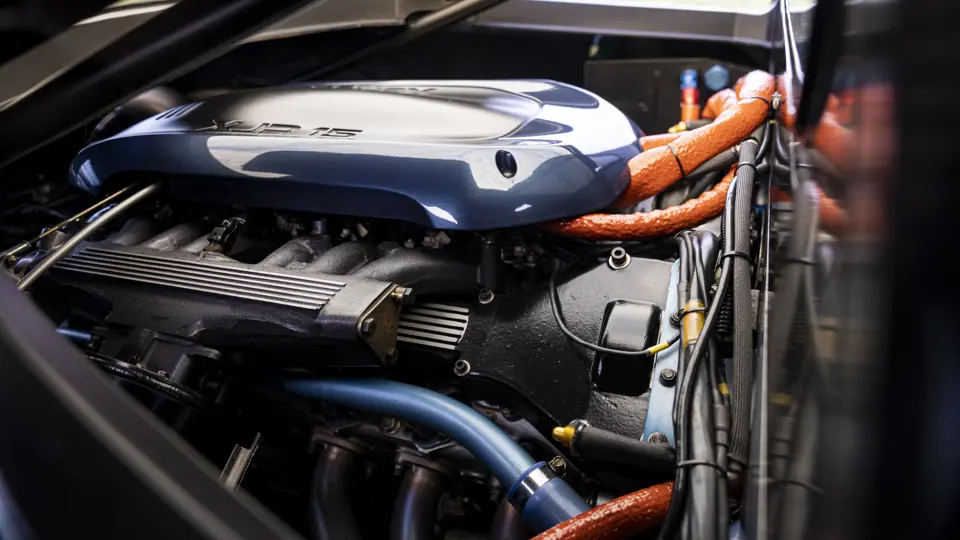


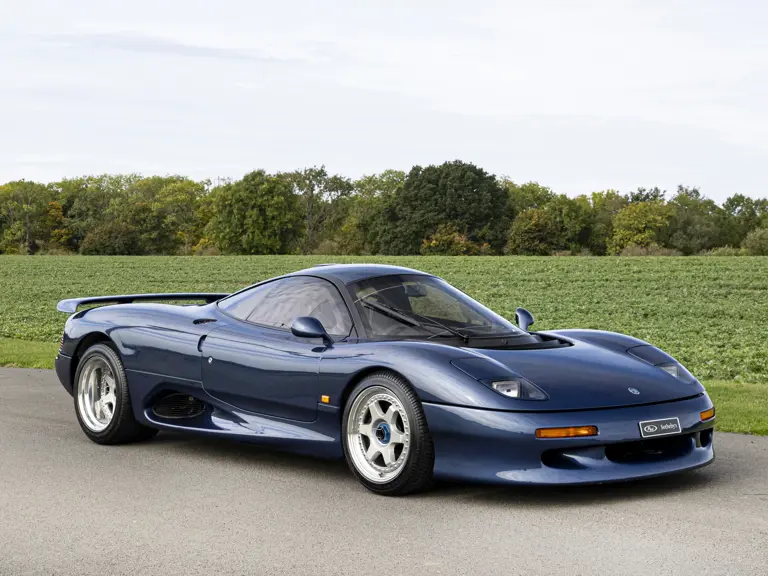
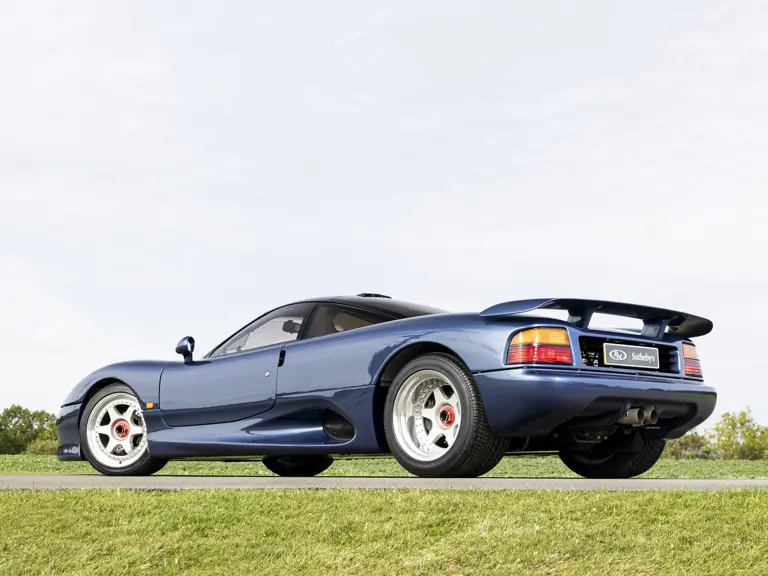
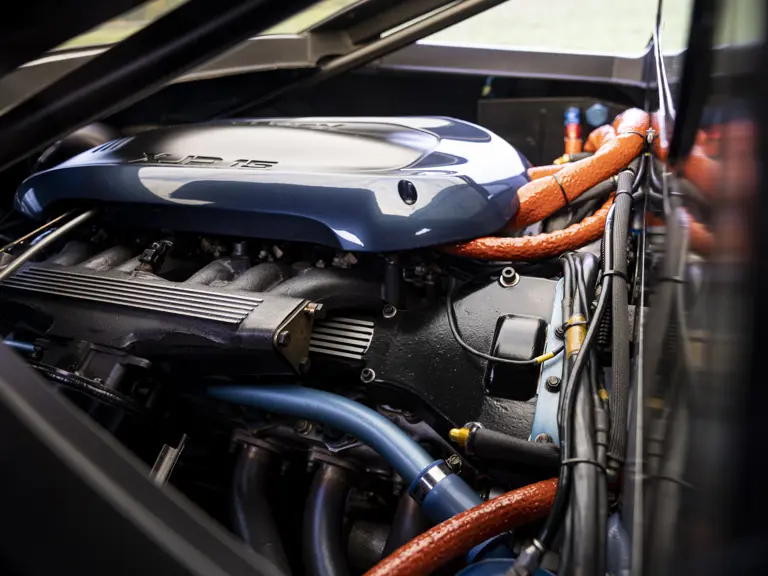
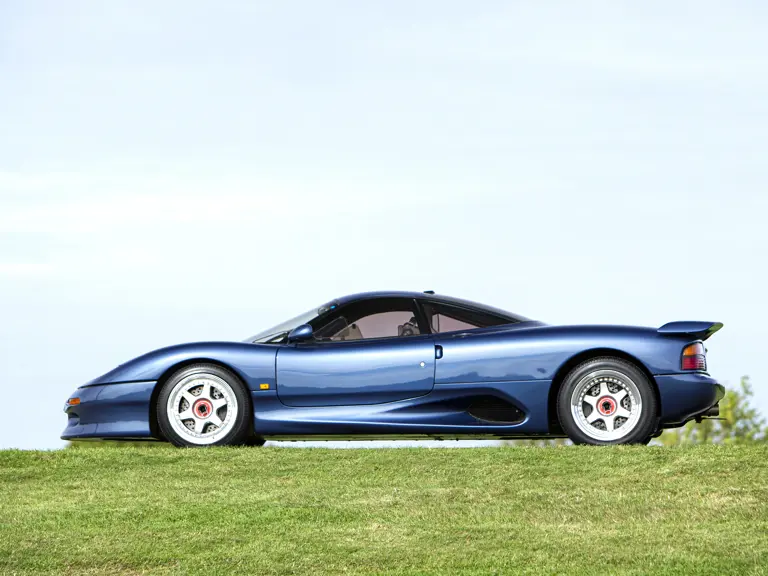
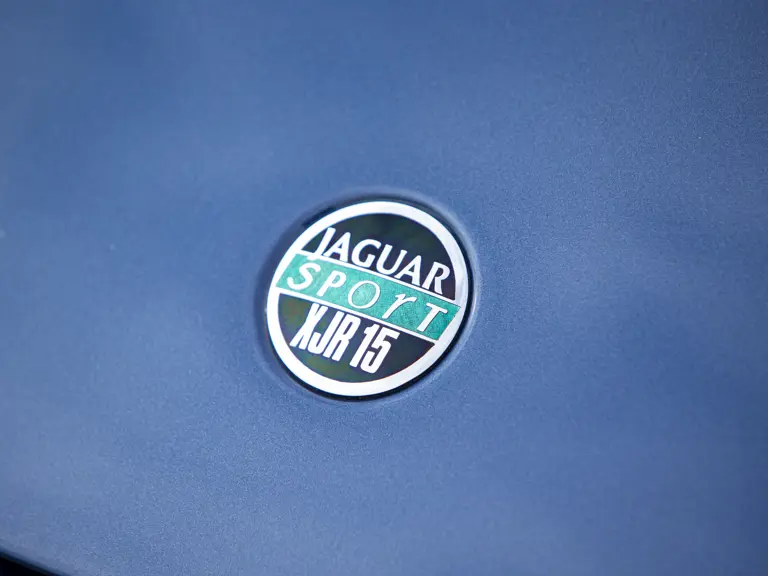
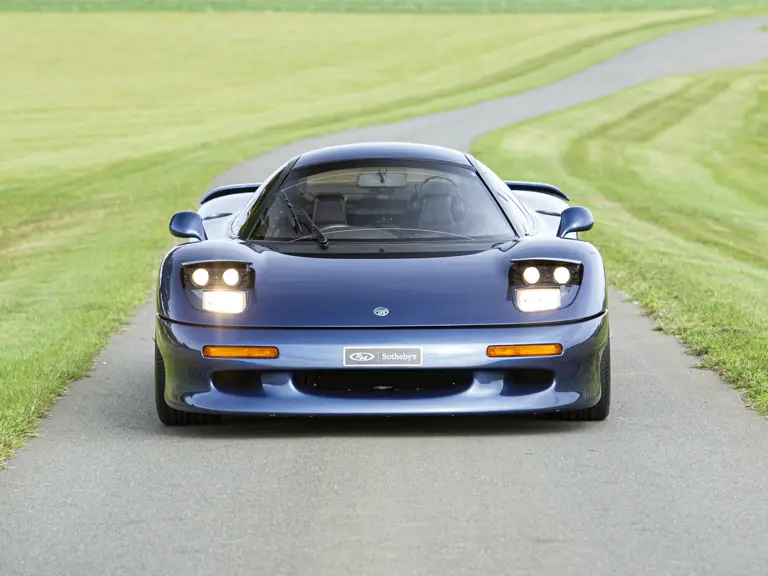
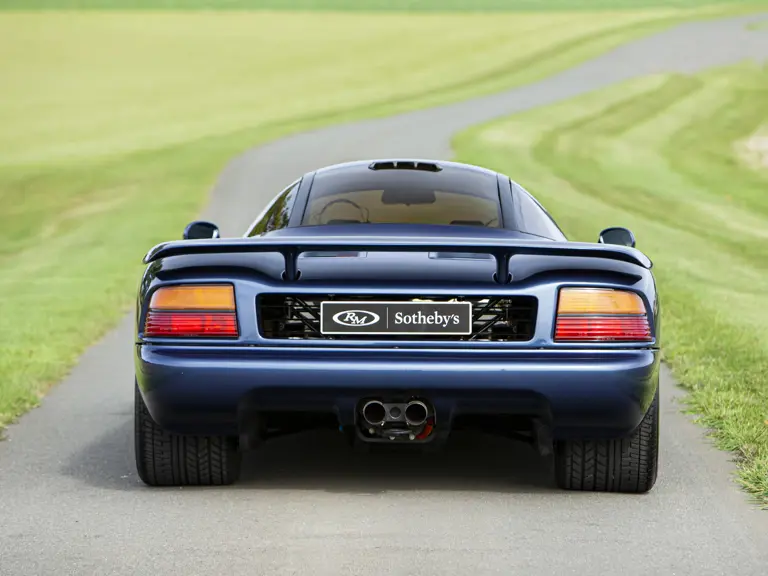

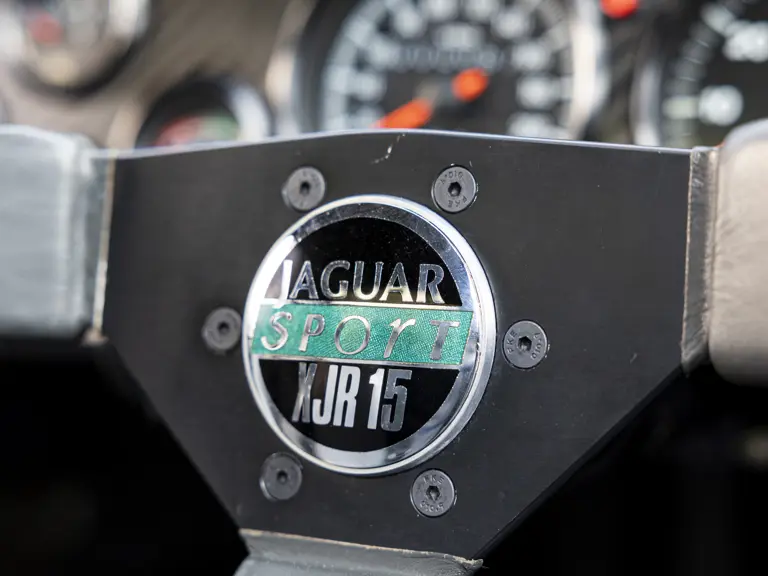

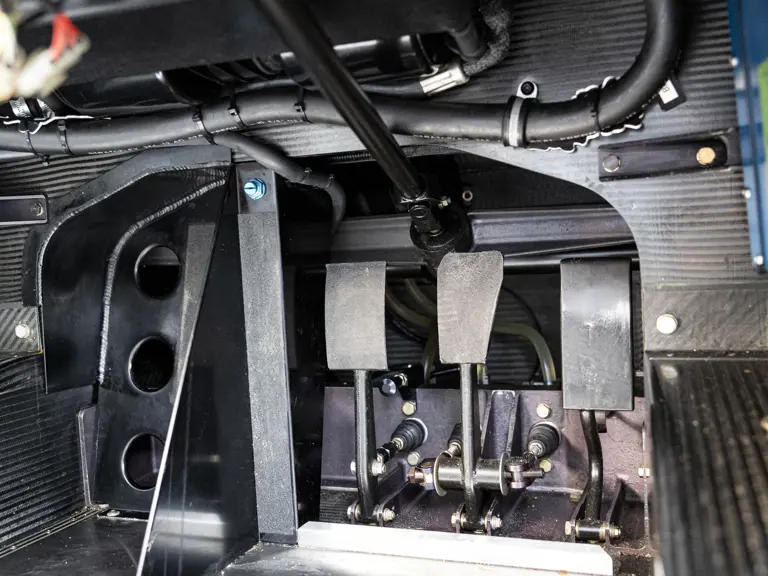
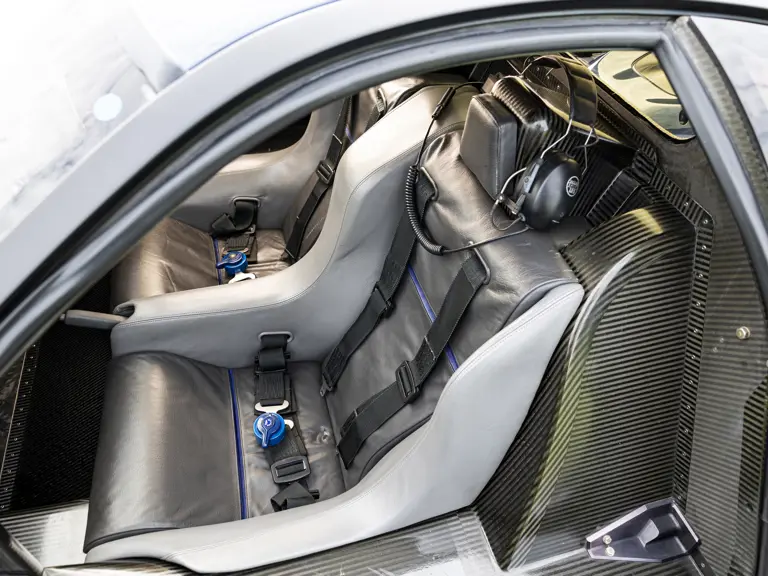
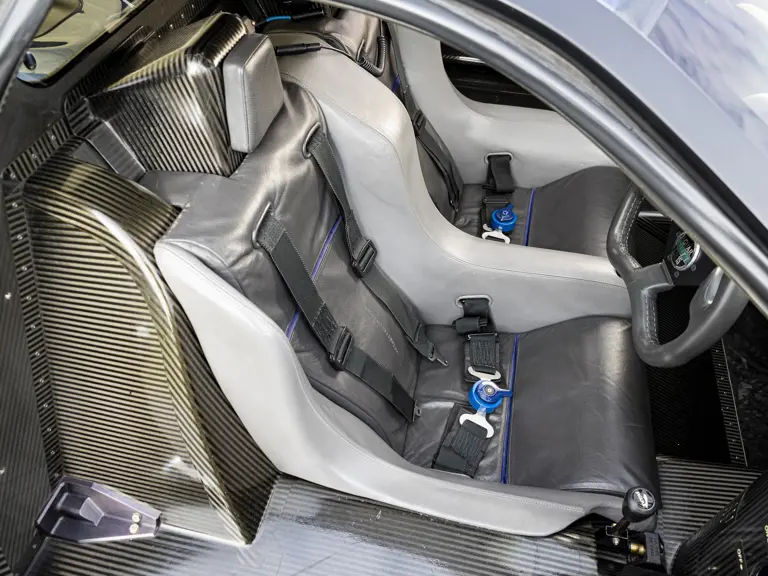
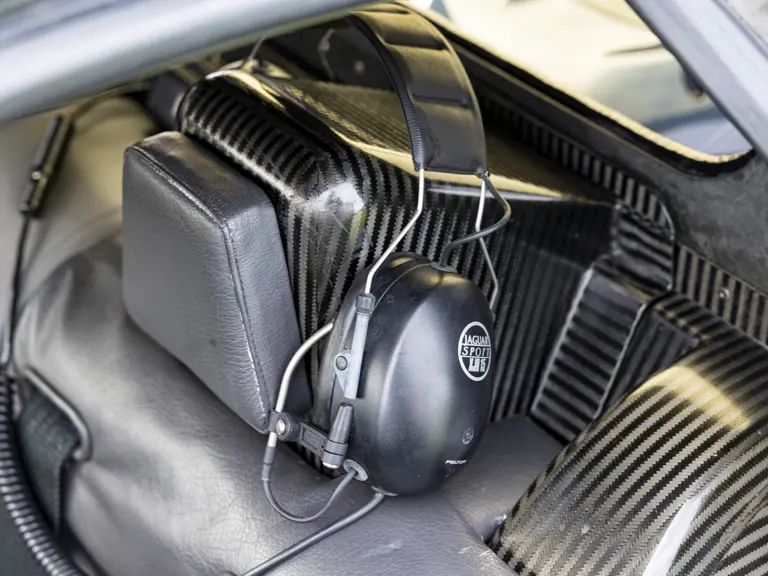
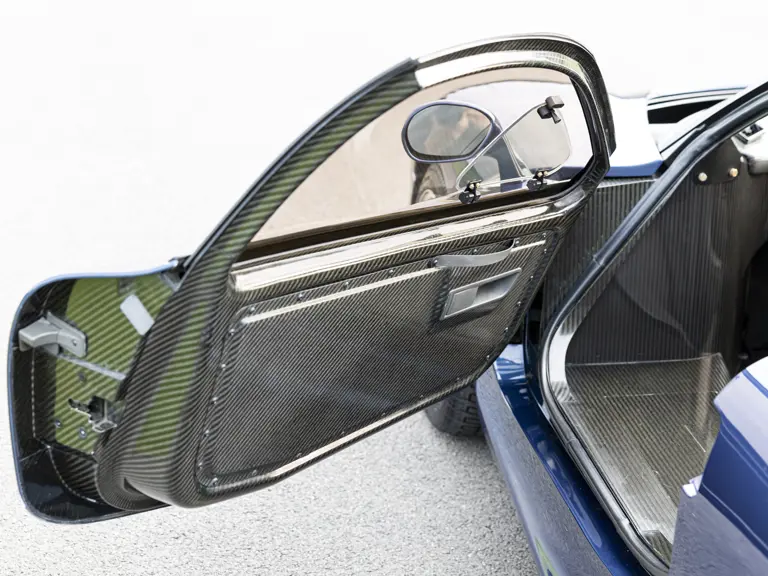
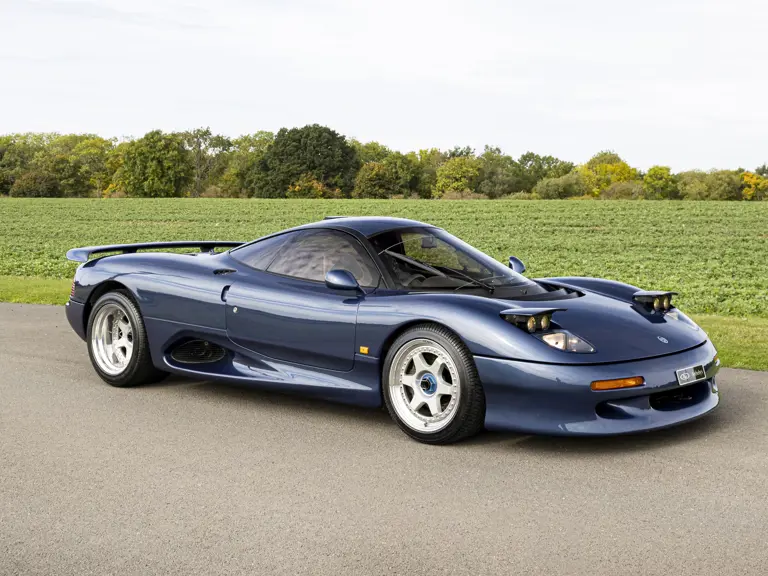
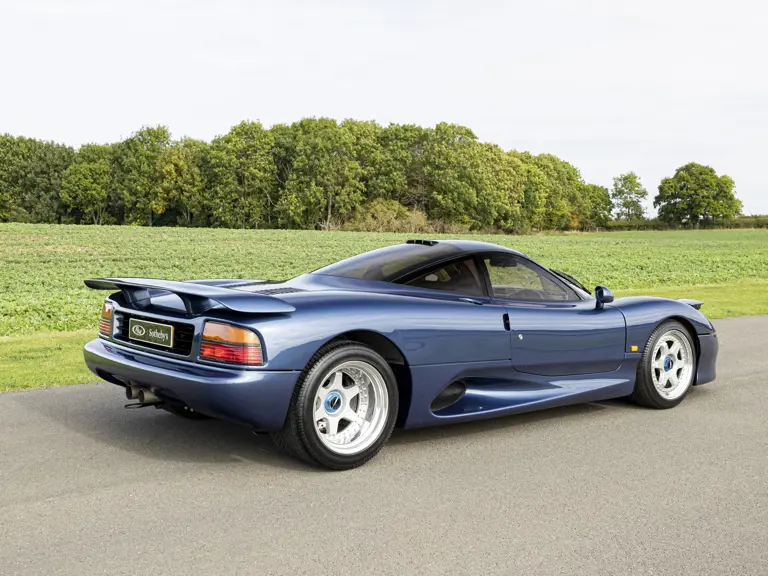
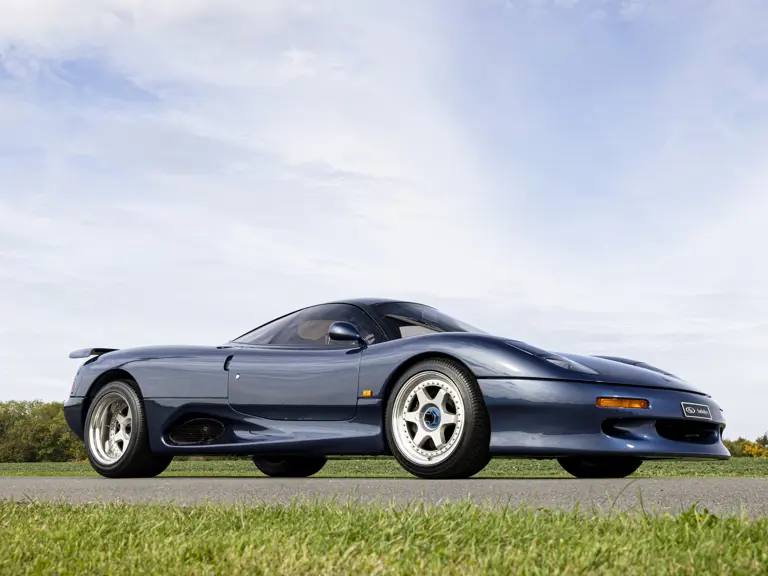
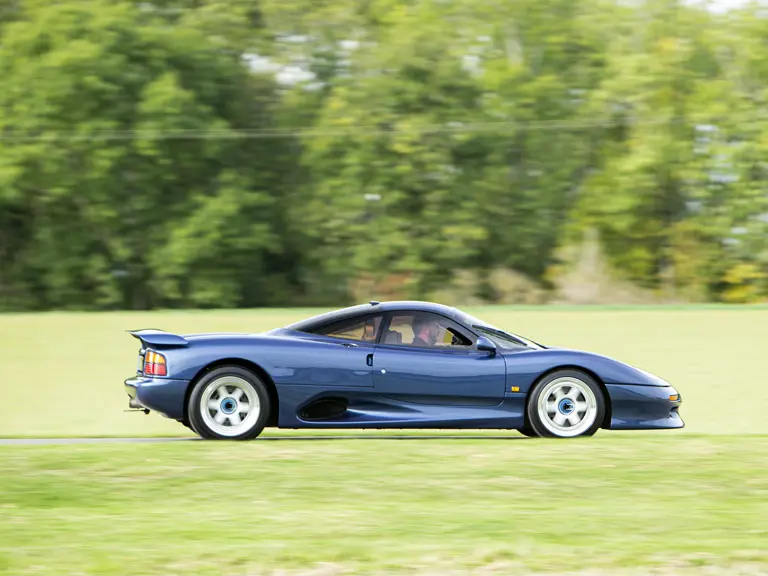
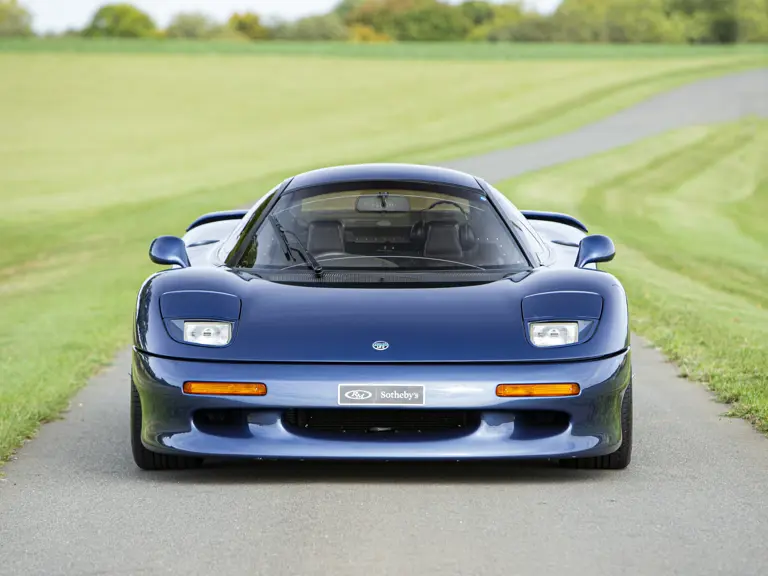
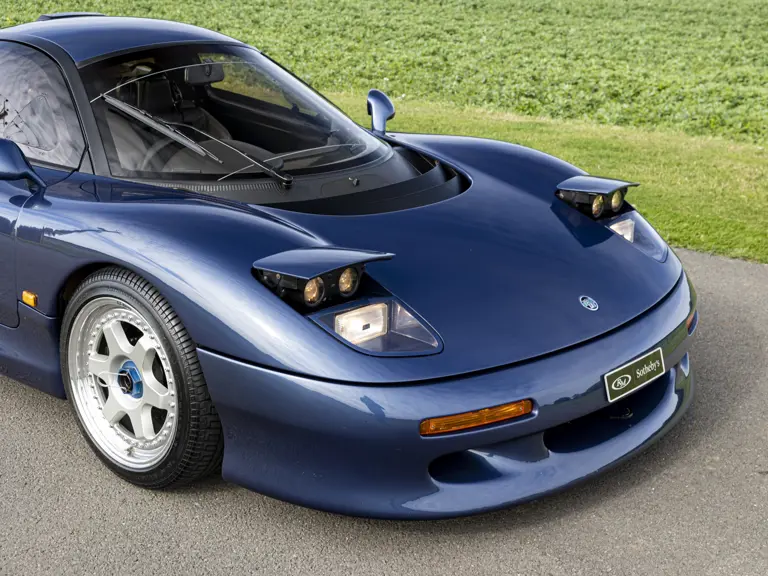
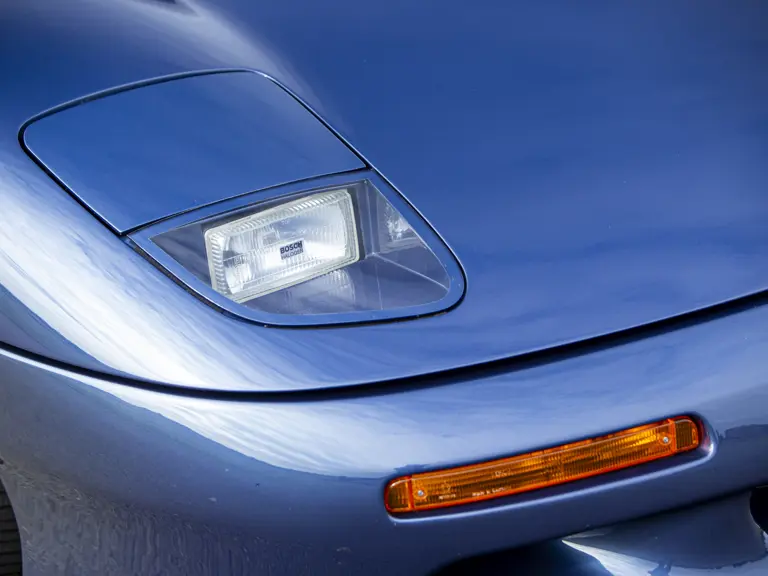
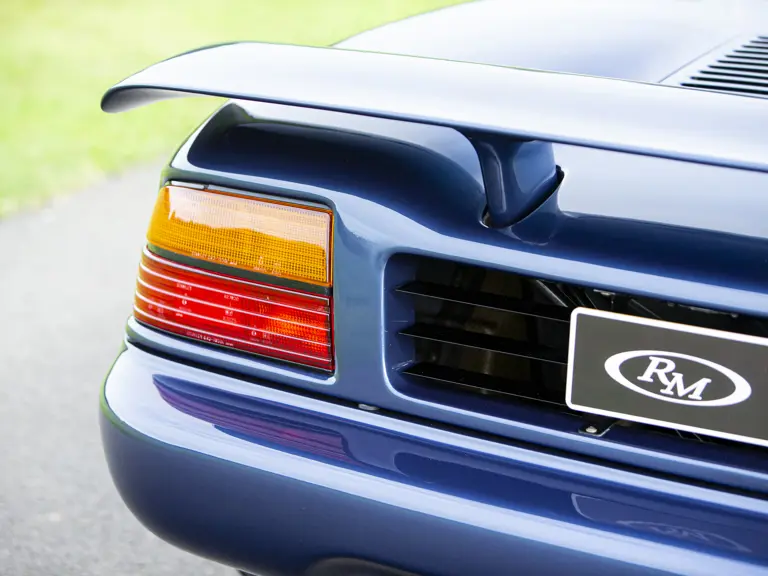

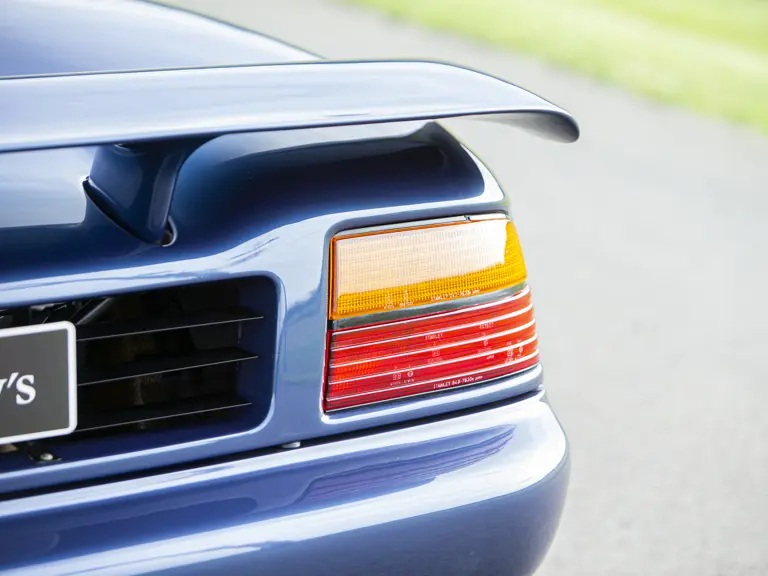
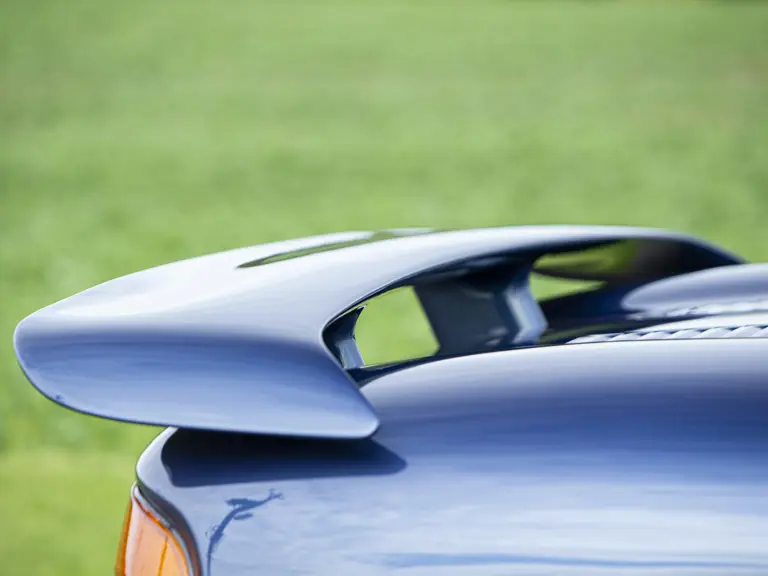

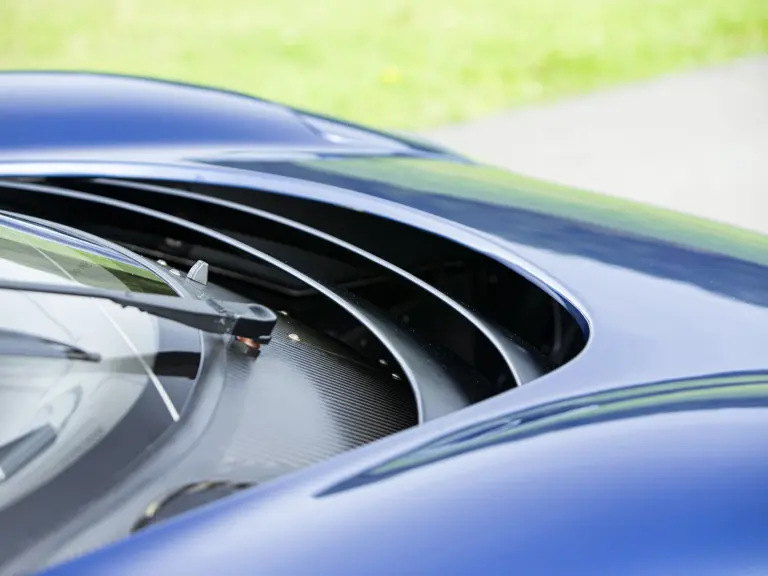
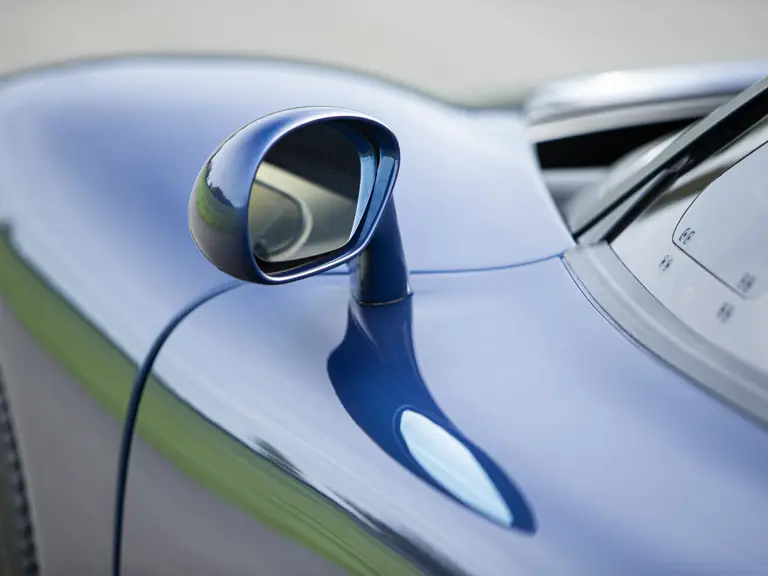
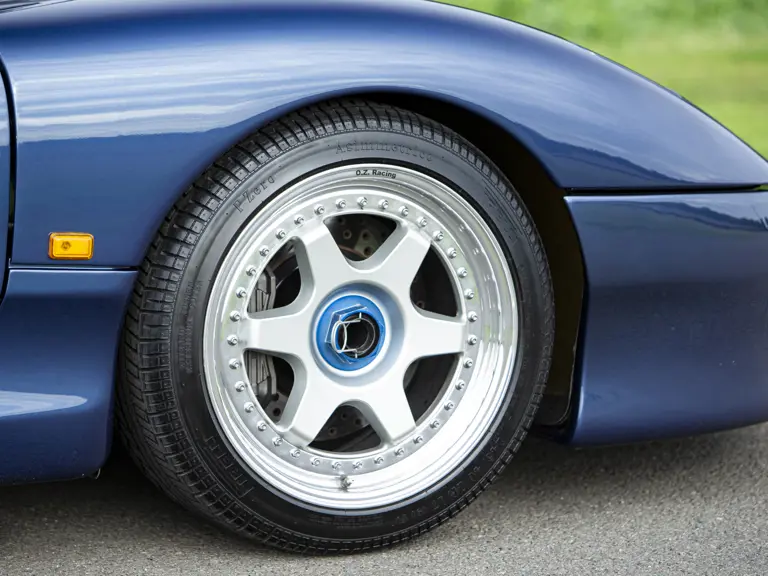
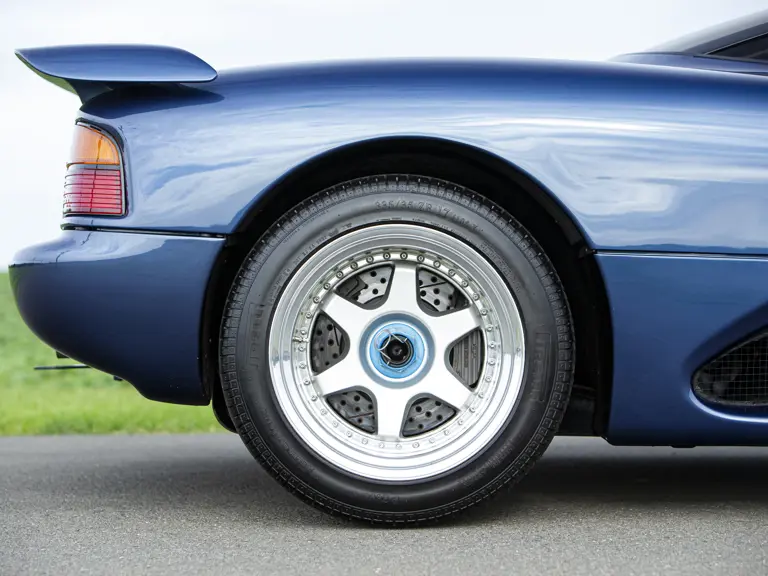

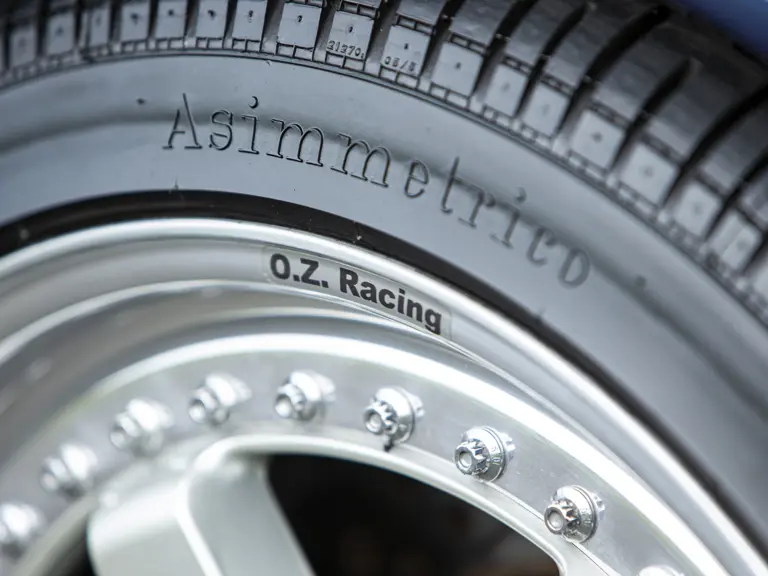

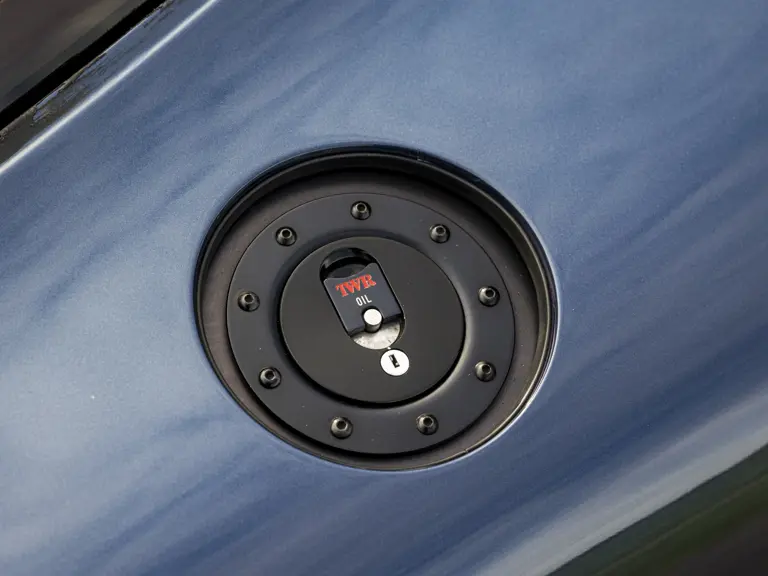
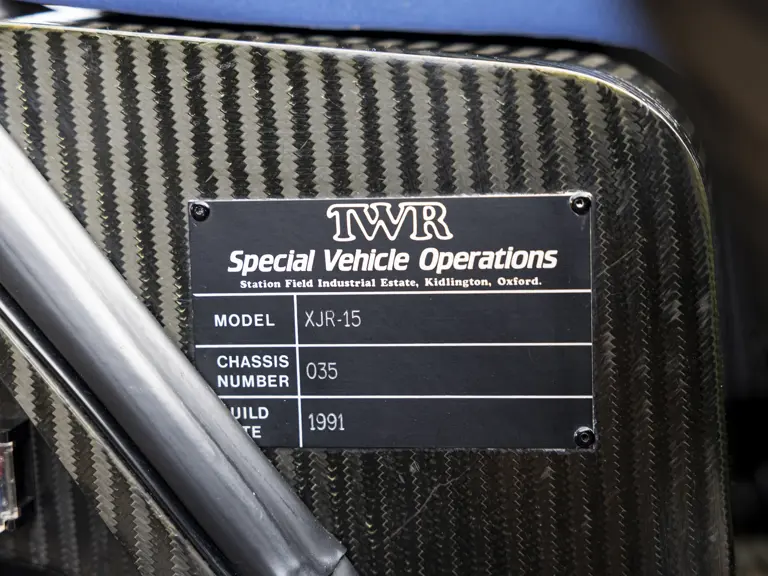

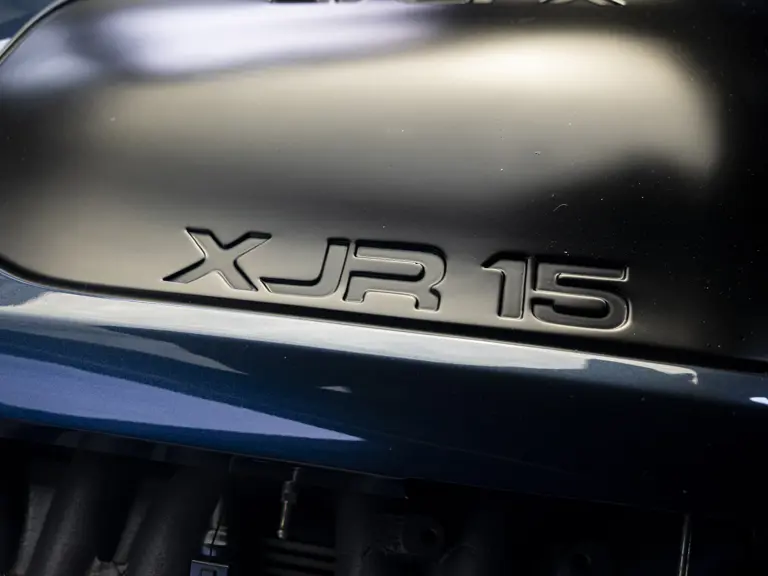

 | London, United Kingdom
| London, United Kingdom

